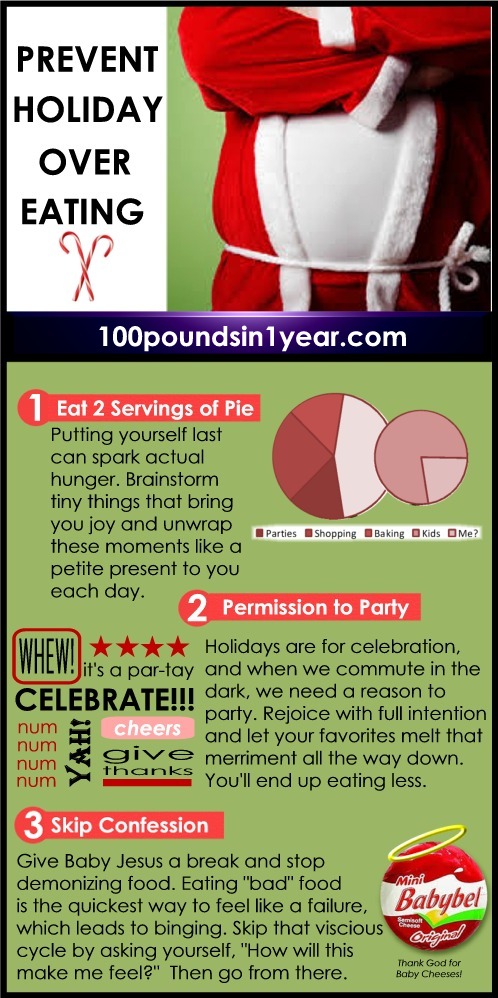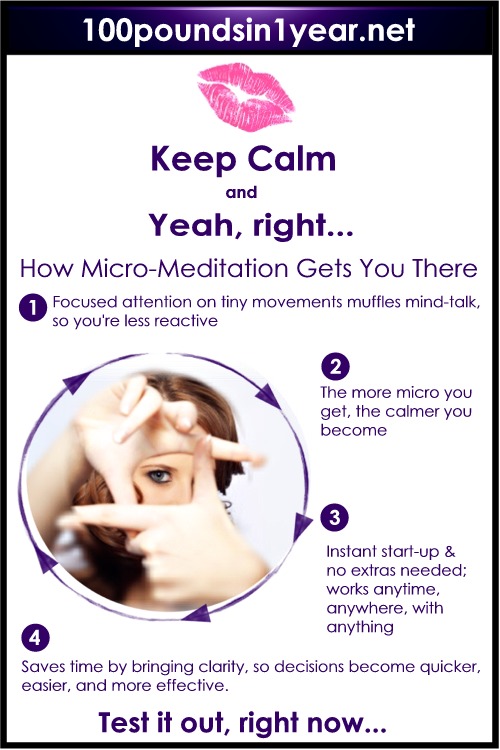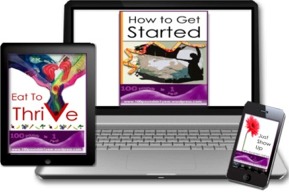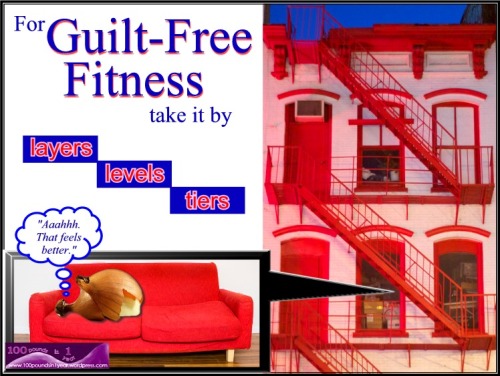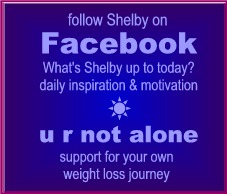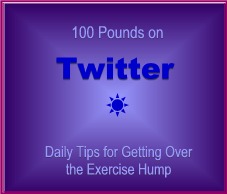 Facebook status, 10:15 pm: Can’t sleep. Executing inaugural mission of RLF: Rhubarb Liberation Front. Will post pic of rescue and relocation.
Facebook status, 10:15 pm: Can’t sleep. Executing inaugural mission of RLF: Rhubarb Liberation Front. Will post pic of rescue and relocation.
Facebook status, 10:40 pm: Mission Accomplished! (see pic at vision board, below)
Facebook status, 11:45 pm: Still not sleeping. Heading out to the Top Hat to write. Anyone want to join me for a brew? Just come on down.
No one joined me at the bar that night, but I still had the time of my life. It was spontaneous. It was infused with inspiration and energy. My covert rescue of neglected road-side rhubarb, plus my midnight trip to town for some funk band assisted writing, was decidedly not boring. This is important for me because a hefty portion of my extra pounds originated from boredom. I don’t mean the, there’s nothing to do kind of boredom. I mean, there is nothing to look forward to, a deeper pall. This numbness greeted me when I woke up each morning and robbed me of my joy. With those kind of days, it’s no wonder I resorted to using food to feel. No meal could feed this craving, though. I craved that geyser of vitality which gushes through the dusty build-up from everyday life and exclaims, “I am alive!”
Whenever I sense numbing boredom, I now understand that I have a choice. I can get small or go big. Personally, I’m a fan of going big. Mostly because I like the thrill of it, but also because I’ve discovered how going big can eclipse gnarly problems and even heal the roots that feed them.
Going big, however, is not always my first instinct. I usually attempt getting small first. How does that look? Well, it’s not so much about how things appear on the outside as the feeling on the inside. In fact, two different people could be doing the exact, same thing, and one would be getting small while the other is going big. The difference is in how they feel while they’re doing it.
Getting small feels like:
- Settling
- Amputating
- Shrinking
- Anything with the word “should” before it
- Half-nourished while half-starved, like eating a picture of a salad and being bummed I’m not satisfied
Going big feels like:
- Expanding
- Stretching
- Inspiring
- Heart fluttering
- Totally full, with lots of room for more
Given a choice to get small or go big, here are three ways I have encountered that decision in my life:
Open Up to Desire
In my last post, Why You Already Have What You Desire, No, Really, You Do, I mentioned that if I want to learn, heal, or do anything worth doing, I need do only one thing: surrender to desire. I’m a big believer that wanting something is enough to propel me forward. I don’t always have to go mining for childhood trauma, emotional scars, or ugly trolls guarding my bridge to tranquility. Desire is enough. To understand why, all I need to do is realize the hefty effort I put towards conveniently distracting myself from desire every day. It’s much easier to be too busy. Throughout my 100 pounds journey, I’ve learned how staying in that desirous space brings plenty of opportunity for profound work.
Desire, being a deep calling within our hearts, naturally asks us to decide whether we will get small or go big. For example, I want to lose 100 pounds. That sounds pretty big, a large number anyway. I can get small, though, even with such a large number as my goal. I can choose diets that promise to work by making certain foods my enemy, thereby amputating the part of me that loves to sink my teeth into a cream cheese danish once in a while. I could force myself to workout until it hurts, pushing my body until I shrink in dread at the thought of another torture session.
In contrast, I also have the choice to go big with my weight loss. One way I did this was to release myself of any and all food rules. I aborted the “eat this”/“don’t eat that” mentality. At first, I didn’t like my idea. It felt too risky. I had used food rules to feel like I was at least trying. What would I do now? My desire was bigger than my worry, though, and I surrendered to each and every craving. This was very scary. And thrilling. My heart fluttered as I tasted food without guilt. I felt physically full. No more deprivation. Not that small, festering kind of wanting. Just big desire and big satisfaction.
Such joy with food delivered me to the other side of my eating struggles. I started to consider how food could help me heal, how it could be my friend. Could I actually break the curse that had been my rancid relationship with food for most of my life? I dared to find out. In this situation, going big helped me expand beyond the tug-o-war and begin to heal from the inside out.
When I released food rules, I discovered one clue that shows me whether I’ve chosen to get small or go big is pretty simple and easy to uncover: talk back. When I get small, I have thoughts like, I should…I’m such a… I’ll never…
Going big still produces talk back, but of a different nature. Often, I’ve thought, This is either crazy or brilliant! In those moments, I like to talk back to my talk back and say, Yeah, well, that’s what they said about Jesus, Martin Luther King, Jr., and John Lennon, so I guess I’m in good company.
Be Vulnerable
One experience those three icons shared – each in their own way and time – was vulnerability. I’m not talking the shallow self-effacing digs that we use to fish for social acceptance. Jesus wasn’t like, “Dude, I’m totally stressing over these bunions on my feet from all this walking.” Rather, anyone who makes a difference in anything always encounters deep vulnerability, that tender moment between rejection and flight.
As Brene Brown, leading researcher into vulnerability and shame, explains, “Vulnerability is the birthplace of change.” Of course, anyone who’s ever wanted to lose a significant amount of weight – including me – is all about change. I want it off and I want it now! After three rounds of dieting, melting off payback pounds, then gaining it all back, I can see how I always stopped short before hitting that layer of vulnerability.
Of course, I put that layer off as long as possible. Like Brene Brown, I fear rejection. I know she knows how I feel. In her interview with On Being’s Krista Tippett, Brene said (paraphrasing here) “I was afraid of the intense criticism in our world today, so I had engineered my life to stay small.” She got away with it, too. That is, until her groundbreaking TED talk that surpassed ten million views. When her talk went viral, Brene could have chosen to get small. She could have listened to the talk back (“You can’t just do that.”) and back-peddled on all she had said. She could have accepted all the Fortune 100 company requests for executive training that came with one condition (“We would love to have you speak! Could you just do one thing? Could you not mention vulnerability or shame?”)
Going big rarely happens without encountering shame or vulnerability. The good news is, rejection rarely happens, too. The good news: my imagined fears are much worse than any actual blow back I’ve encountered. I am my own, worst critic. More often than not, vulnerability has opened up my world, built loving connections, and taught me that it’s safe to go big – all things that eluded me when I avoided my shame of becoming obese.
Be Compassionate
Which brings me to a question: When I confront my shame of being overweight, what I’ve done to my body, or how I became so apathetic about life, then what do I do? This is another get small or go big moment.
My first instinct tends towards getting small. I squeeze my life into a tight structure of unyielding routine. I toughen up. I stuff my shame down with discipline, like trying to fit a fluffy sleeping bag into the nylon stuff sack it came in (How did the manufacture get it in there?!) Truth be told, I’ve rarely been able to maintain strict discipline over the long haul. Eventually, my edges spill out. When I pop from the pressure, I go ballistic and pack on those payback pounds. This is why mere discipline often fails and compassion is so important. Compassion can head off a reactionary binge. Of course, the last thing I want to do is give up control by getting all soft and understanding, but that’s exactly what I need.
Mine is a common reaction, according to Dr. Kristen Neff, Associate Professor of Human Development at The University of Texas at Austin. She explains, “I found in my research that the biggest reason people aren’t more self-compassionate is that they are afraid they’ll become self-indulgent. They believe self-criticism is what keeps them in line. Most people have gotten it wrong because our culture says being hard on yourself is the way to be.”
I may betray my best efforts by poo-pooing compassion.
So what would going big look like, after surrendering to my desires and risking vulnerability which brings me face to face with shame? Going big oozes compassion. It honors all the habits I developed to ward off disappointment, whether I numbed myself with food or avoided activities which reminded me of my body. Instead, compassion thanks those habits for keeping me alive. It acknowledges my need for them.
Thank you, midnight pizza run, for getting me through my divorce.
Thank you, broken-down couch, for giving me a safe place to cry.
Then, compassion moves on. In doing so, it validates my desire for more (which has really been my only desire, all along). Compassion surveys my heart and says, “Yeah, we can do something with this.” In the end, I see that I’ve always had what it takes.
I am the space big enough to nurture the biggest of going bigs.
What might that look like? Well, that’s for you to decide for you. If I gave you a picture, wouldn’t the very image itself confine your limitless possibilities? We all accept as much “big” as we can handle in the moment. It is more than enough to get us where we want to go.

Two different people could be doing the exact, same thing, and one would be getting small while the other is going big. The difference is in how they feel.

Watch Brene Brown’s TED Talk on Vulnerability
Listen to Krista Tippett’s Interview with Brene Brown
The Science Behind Acceptance

Enjoy more Vision Boards at pinterest.com/100Pounds/lose-100-pounds-in-1-year/
Shelby is on her most revealing and thrilling adventure yet: to find out what it’s like to lose 100 pounds in 1 year. She began on Thanksgiving 2011. Will she make it? Find out by joining Shelby on this journey, not only of the body, but of the soul and mind. Shelby lives in Missoula, Montana where she works out at The Women’s Club Health and Fitness Center. She also writes a blog about what it means to be true to ourselves at RadicallyAuthentic.wordpress.com.



